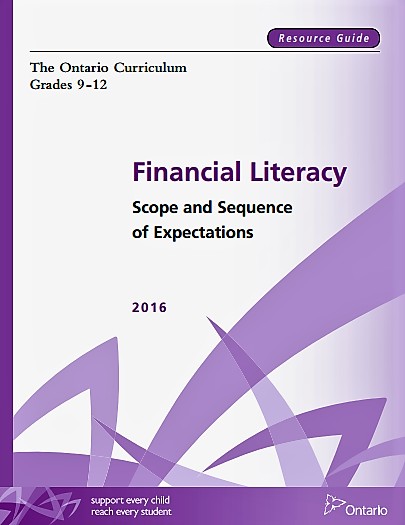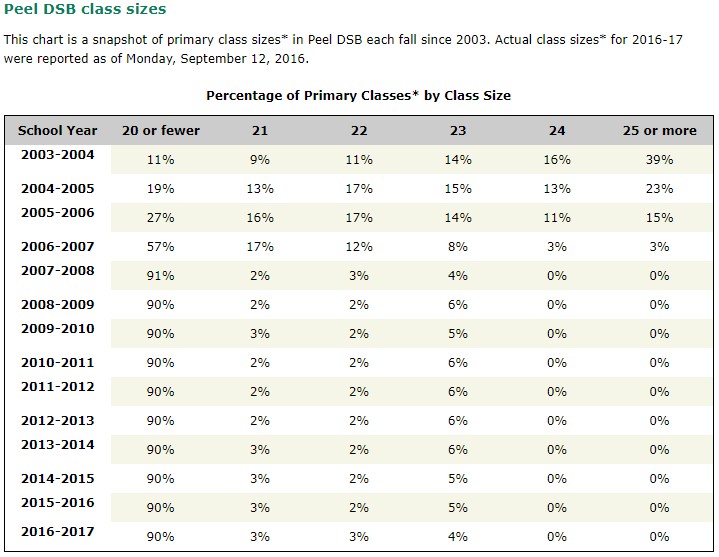
New and improved career studies program not all it’s cracked up to be, critics say
Those hailing a revised career studies curriculum for Ontario’s Grade 10 students may have reasons to be skeptical about how much of a difference it will make, say critics of the PC government’s handling of the education file.
Tuesday’s announcement by Education Minister Stephen Lecce of updates to the mandatory half-semester Career Studies course for Grade 10 students drew cheers from parents and others who believe the revised program will have significant practical implications for students and help steer them toward a brighter future. It suggested new elements such as financial literacy and emerging career paths in skilled trades and technology were being added.

Minister of Education Stephen Lecce
But teachers and critics are pointing out that “new” elements of the curriculum may have been recycled from previous curricula and bundled together with a few tweaks. They suggested the ministry’s announcement was a means to uphold a veneer of novelty while distracting from recent criticism over class size increases and funding cuts.
After the announcement, several teachers took to Twitter and noted that although financial literacy is crucial to a student’s development, it was already embedded in the previous curriculum.

Ontario’s 2016 resource guide for financial literacy, posted on the government’s website, clearly states similar goals and expectations to the course revisions announced Tuesday and suggests ways to embed financial literacy across the high school curriculum.
Responding to these criticisms, Lecce said in a statement provided to The Pointer that, “Parents and students made it clear that the former Grade 10 Career Studies course — which had not been updated since 2006 — was not sufficient enough to inspire our young people, nor help them develop a meaningful career path. … Through the largest consultation in Ontario history, we were told that students need to learn more about careers in science, technology, engineering and math, which are often referred to as the STEM disciplines.”
He said the changes “will help inspire our students to think big, to aspire for higher, and to support the creation of a credible career pathway so that at the end of the day, they can land good paying jobs and succeed in a competitive global marketplace.”
Stan Cameron, chair of the Peel District School Board (PDSB), told The Pointer that the timing of the announcement does put teachers and the school board in a predicament.
“The revised career studies curriculum will take effect in September 2019, and with teachers currently on holiday, they will get very little time to prepare themselves, to acclimatize themselves, to the new curriculum,” Cameron said.
He said that a total of $2.25 million in funding allotted to all school boards in Ontario for implementing the new curriculum is unreasonably low.
“The PDSB has 257 schools that have an enrolment of 156,000 students under its umbrella. And there are 72 other district boards. And the numbers aren’t decreasing. I don’t know how much we will even get.” Lecce’s office did not respond to The Pointer’s questions about the funding provided for training.
Cameron said if the government doesn’t provide the required resources, the board will have to foot the cost itself, exacerbating the difficulties produced by provincial funding that is not keeping up with the growth in students served by the board.

Teachers protested the Doug Ford government's funding cuts in front of Queen's Park this spring
“Due to the funding shortfall, we have [effectively] $28 million less funding than we did last year, and having to implement additional programs would make it harder for us, but we will do our best,” he said.
Gail Bannister-Clarke, president of the Peel Elementary Teachers’ Local, said she feels the ministry is diverting the public’s attention away from the real issues.
“Such announcements are not really the challenges we have. The greatest challenges we have right now is the lack of funding, the money they have removed from education, all the class sizes they have now increased, and the lack of teachers that we have in the system,” Bannister-Clarke said.
In March 2019, the PC government announced that average class sizes for Grades 4 to 8 will rise to 24.5 from 23.5 and to 28 from 22 for high schools. The move will effectively phase out 3,500 high school teaching positions, beginning September 2019.
To increase average class sizes and reduce staff without laying off teachers, school boards must rely on retirements. A study by the Ontario Secondary Schools Teachers’ Federation suggested that under a program of steady attrition over the next few years, more than 80 percent of high schools, with an average enrolment of 1,444 students, would see at least 50 percent of their teachers with special qualifications in economics, music, French, law, computer science, drama, art, social sciences, and technology leave without being replaced.
High school students have already found their course options becoming restricted as smaller-enrollment classes offering specialized learning in areas such as art and vocational subjects are being eliminated to help schools conform to the increased average class size.
Ontario Institute for Studies in Education (OISE) professor Charles Pascal described the current situation as “catastrophic.”

The previous Liberal government brought class sizes in Peel down, but that will now be reversed
“I have been around for a long time and I haven't seen anything like this before. And an announcement about financial literacy and tweaking the careers program is insignificant compared to the damage of all the things they (PC government) have done to education,” Pascal said.
He echoed Gail-Bannister’s opinion that newly minted Minister Lecce should be talking to educators, experts, teachers and schools to get to the bottom of the issues, instead of trying to appease the public.
“It seems to me the announcement was about trying to look as though he’s (Lecce) already on top of the portfolio,” Pascal said.
Lecce’s office did not respond to these criticisms directly, instead repeating the philosophy behind the revised course, which, along with financial literacy, will focus on encouraging students to consider careers in high-growth industries such as the science, technology, engineering and math (STEM) disciplines.
“Technology and STEM fields are continuing to evolve in our market, and opportunities are expanding in areas such as advanced manufacturing, the start-up economy, entrepreneurship, agri-food and medicine that are resulting in the stunning transformation of our economy and society,” Lecce’s response said.
Pascal said the ministry blunders in neglecting the importance of arts and humanities.
“Employers are looking for creative problem-solvers who can adapt to unforeseen circumstances, and learners with resilience,” he said. “And if you focus solely on narrow labour market skills, most of which are going to be redundant in the coming years, you’re missing the boat regarding building learners who can adapt to the labour market.”
On the other hand, Bannister-Clarke said the ministry, by focusing on STEM, is implying that schools in Ontario are bereft of good math and science programs.
Pascal said the increase in class size and the funding shortfall will render changes to the career studies curriculum ineffective.
“My best advice to the minister — stop distracting from the big issues and spend the summer learning about them,” he said.
Submit a correction about this story


